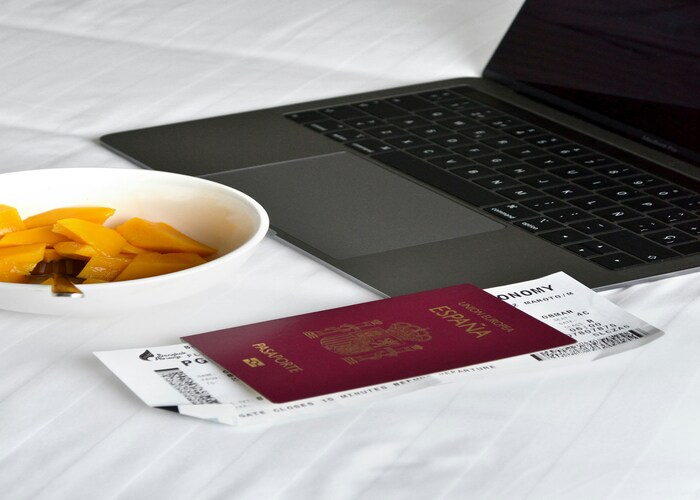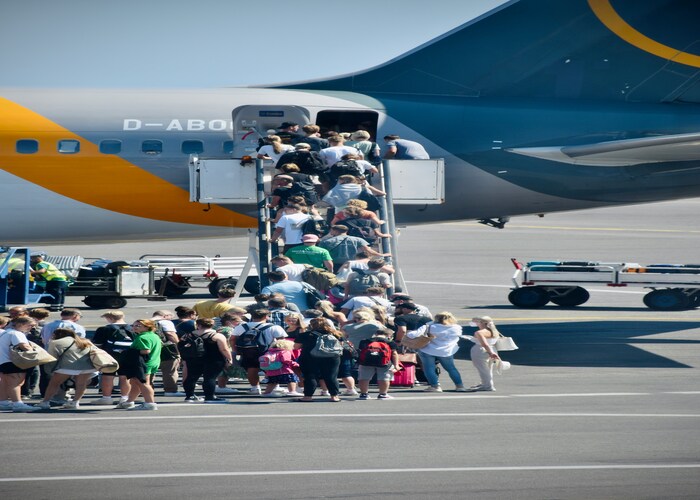Maria Island, located off the east coast of Tasmania, is a treasure trove for wildlife enthusiasts and history lovers alike. Renowned for its rich birdlife, rugged cliffs, pristine beaches, and preserved convict-era ruins, the island offers a unique trekking experience. The bird-watch and historical trek combines nature observation with a journey through Tasmania’s colonial past, making it an ideal destination for eco-tourists, bird-watchers, and hiking enthusiasts. Maria Island bird‑watch & historical trek, Tour & Trek.
The island is part of Maria Island National Park, known for its endangered species, including the Tasmanian devil in a protected environment, and a range of native birds such as the Forty-spotted pardalote. Along the trekking routes, visitors encounter historical sites like Darlington, the old penal settlement, and the Painted Cliffs, which reveal stunning sandstone formations.
Best Time to Visit
Weather and wildlife activity largely dictate the best period for visiting Maria Island:
- Summer (December to February): Warm temperatures, long daylight hours, and optimal bird-watching opportunities.
- Autumn (March to May): Cooler temperatures, fewer tourists, and excellent conditions for hiking and photography.
- Spring (September to November): Peak breeding season for many bird species, with wildflowers in bloom.
- Winter (June to August): Chilly and wet conditions; some trails may be muddy or slippery, and wildlife sightings may be limited.
Tip: Summer and spring offer the best combination of weather, wildlife activity, and trail conditions. Maria Island bird‑watch & historical trek, Tour & Trek.
How to Reach Maria Island
Being an island destination, Maria Island requires a combination of road and ferry travel:
- By Air: Fly into Hobart Airport, the nearest major airport. From Hobart, drive approximately 1.5 hours to Triabunna, the main ferry departure point.
- By Road: Drive from Hobart or other Tasmanian towns to Triabunna. Rental cars are recommended for flexibility.
- By Ferry: Regular ferry services from Triabunna transport visitors to Maria Island. The ride takes around 30–45 minutes.
Tip: Book ferry tickets in advance, especially during peak tourist seasons, to secure your preferred travel time.
Entry Fees and Permits
- National Park Entry: Maria Island National Park entry is typically included in the ferry ticket price.
- Camping Permits: Overnight stays require permits, with designated camping areas near Darlington and Frenchs Farm.
- Guided Tours: Optional guided bird-watching or historical tours may have additional fees, usually ranging from AUD 50–150.
Note: All fees and permit requirements are subject to change, so confirm details with local authorities before your visit.
Food Availability and Meal Options
- On-Island Meals: There are no restaurants or shops on Maria Island. Trekkers should carry packed meals, snacks, and sufficient water.
- Nearby Towns: Triabunna offers grocery stores and cafes to stock up before the ferry.
- Water: Streams and freshwater sources are available, but treat water before consumption using filters or purification tablets.
Tip: Pack high-energy, lightweight foods suitable for trekking and bird-watching excursions.
Packing List and Essentials
Prepare for varying weather and terrain with the following essentials:
- Comfortable, sturdy hiking boots with ankle support
- Weather-appropriate clothing in layers (including rainproof jackets)
- Hat, sunglasses, and sunscreen
- Binoculars for bird-watching
- Backpack with hydration system and snacks
- First aid kit and personal medications
- Camera or smartphone for capturing wildlife and historical sites
- Lightweight camping gear if staying overnight
- Map or GPS device for navigation
Tip: Early mornings and evenings are prime times for bird activity, so bring extra layers for cooler temperatures. Maria Island bird‑watch & historical trek, Tour & Trek.
Safety Tips and Local Regulations
- Stick to marked trails and designated camping areas to minimize environmental impact.
- Be cautious of wildlife; do not feed or approach animals, including Tasmanian devils.
- Carry sufficient water and snacks for longer trails.
- Weather can change quickly; check forecasts and prepare for wind, rain, or sun.
- Fires are prohibited; use portable stoves where allowed.
Regulations: Follow Leave No Trace principles to protect the fragile ecosystem and historical sites.
Tips for Beginners or First-Time Visitors
- Start with day hikes before attempting multi-day treks.
- Consider guided tours to learn about bird species, convict history, and geological features.
- Inform someone about your itinerary if hiking solo.
- Use trekking poles for uneven terrain.
- Plan photography or observation times around early mornings for the best wildlife sightings.
Tip: Walking the main loop from Darlington to the Painted Cliffs is ideal for first-time visitors.
Local Customs and Cultural Etiquette
- Respect the heritage-listed sites, including old penal settlements.
- Do not remove artifacts or plants.
- Minimize noise to avoid disturbing wildlife.
- Follow camping regulations and designated trail usage.
- Engage respectfully with other visitors and guides.
FAQ Section
1. How long is the main bird-watch and historical trek?
The full loop from Darlington to the Painted Cliffs and back is approximately 20–25 km, suitable for a full-day trek.
2. What is the difficulty level?
Trails are moderate, with some uneven surfaces and mild inclines. Suitable for hikers with basic fitness levels.
3. Are children allowed?
Yes, but supervision is recommended. Some longer hikes may be challenging for young children.
4. Are restrooms available?
Yes, basic facilities are available at Darlington and Frenchs Farm campsites.
5. What wildlife can I expect to see?
Native birds, Tasmanian devils in the wild, kangaroos, wombats, and abundant marine life along the coast.
6. Can beginners safely hike these trails?
Yes, with preparation, maps, and awareness of weather. Guided tours enhance safety and educational value.
7. Is mobile phone coverage available?
Limited coverage; consider emergency satellite communication devices if venturing off main paths.
8. Do I need a permit for camping?
Yes, for overnight stays in designated campsites.
9. When is the best time to see birds?
Early mornings and late afternoons provide the most active wildlife viewing opportunities.
Conclusion
Maria Island’s bird-watch and historical trek offers a rare combination of natural beauty and cultural history. With its rugged landscapes, diverse bird species, and preserved convict ruins, the island provides a unique trekking experience suitable for both beginners and experienced hikers. By planning carefully, following safety guidelines, and respecting local regulations, visitors can enjoy a memorable Tasmanian adventure.






Leave a Reply